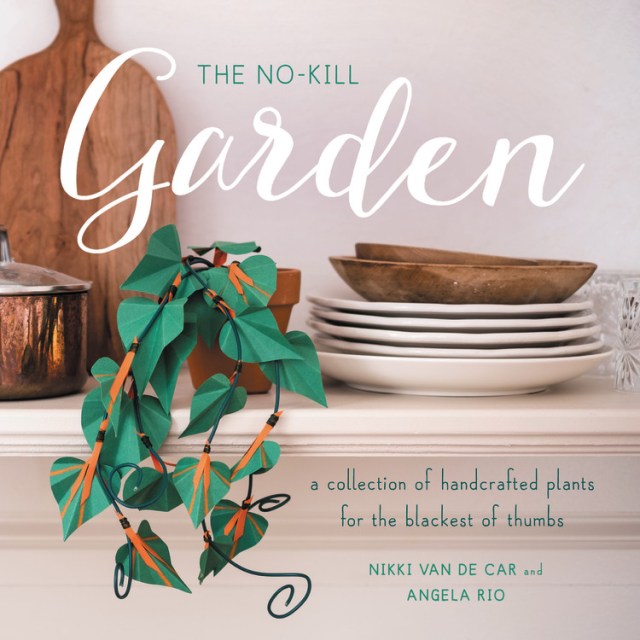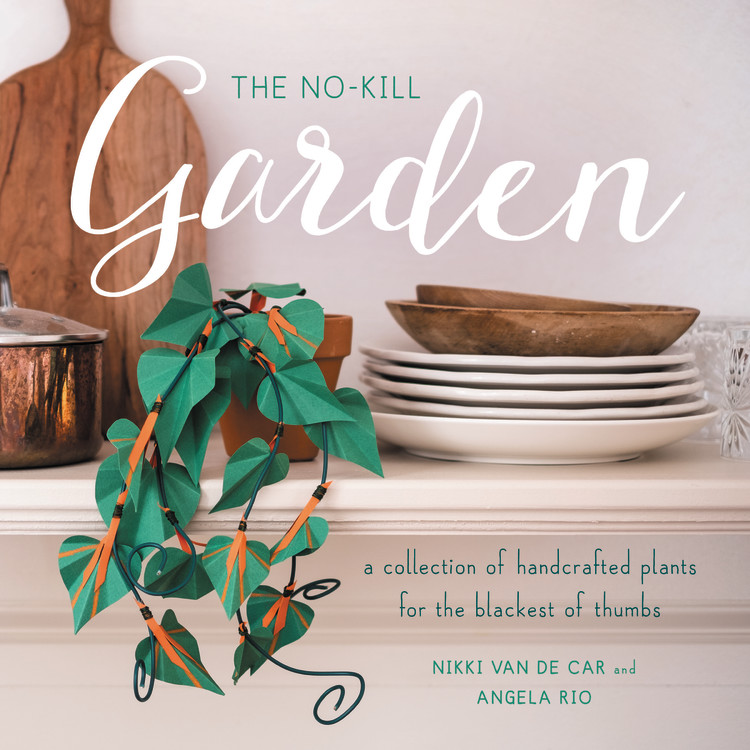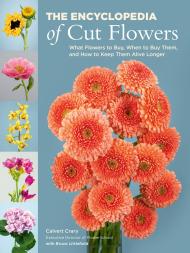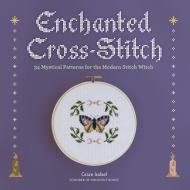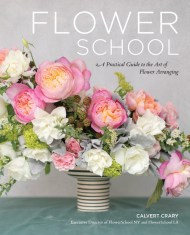Promotion
Use code MOM24 for 20% off site wide + free shipping over $45
The No-Kill Garden
A Collection of Handcrafted Plants for the Blackest of Thumbs
Contributors
By Angela Rio
Formats and Prices
Price
$15.99Price
$20.99 CADFormat
Format:
- Trade Paperback $15.99 $20.99 CAD
- ebook $9.99 $12.99 CAD
This item is a preorder. Your payment method will be charged immediately, and the product is expected to ship on or around August 21, 2018. This date is subject to change due to shipping delays beyond our control.
Also available from:
Many of us love plants . . . but it often feels like plants don’t love us back. For those people — the people who have purchased several “impossible to kill” houseplants, only to find them dead mere weeks later — there is The No Kill Garden, a charming collection of plants to craft and share.
The handcrafted plants offered in this beguiling volume provide the sense of being surrounded by green, luscious plant life, without having to worry about that pesky watering. The No Kill Garden offers a wide variety of plants, from mushrooms and flowers to vines and terrariums, and a broad range of easy-to-follow crafts, including paper, felt, needle-felt, knit, and crochet. The more than 30 projects in this book are not just random flowers or leaves, either — each of the crafted plants is inspired by a specific variety and is accompanied by a lively description of its main characters. Each of the plants is structured for a beginner, so that anyone with an interest in crafting can make them, and is paired with beautiful images of the finished project to delight and inspire readers.
Genre:
- On Sale
- Aug 21, 2018
- Page Count
- 112 pages
- Publisher
- Running Press
- ISBN-13
- 9780762464012
Newsletter Signup
By clicking ‘Sign Up,’ I acknowledge that I have read and agree to Hachette Book Group’s Privacy Policy and Terms of Use
